Building a social media marketing strategy for travel and tourism

Table of Contents
The era of post-COVID revenge travel is fading. Travelers are now approaching vacations and entertainment with more intention as they navigate a cost-conscious environment. They’re still eager to explore, but they want meaningful experiences that feel worth the spend, and they’re finding them on social.
According to the Q3 2025 Sprout Social Pulse Survey, 69% of consumers anticipate using social to plan travel in the next year. Those rates are even higher among Gen Z (87%), Millennials (81%) and parents (83%).
Social media drives how people plan and share their travel experiences. For travel and tourism marketers, social media marketing offers an opportunity to meet people in key moments and influence what happens next.
In this guide, you’ll learn how to use social media to inspire travelers, build trust and increase bookings.
Why social media is the new concierge
Travelers turn to social media for guidance like they would a concierge. And when social plays the role of concierge, it helps both travelers and brands. It’s a powerful way to spark inspiration, build trust through authentic interactions, strengthen loyalty over time and uncover insights that drive ongoing improvement.
In our Q3 2025 Pulse Survey, 55% of consumers said customer feedback on review platforms influences whether they book with a travel company, followed closely by the quality of social customer care (42%) and the ease of booking directly from social (32%).
This shows some of the many ways social helps people navigate through the customer journey. Travelers go to different networks for different types of content, because each one supports them in a specific way:
- Instagram and TikTok spark inspiration through visuals and storytelling
- Facebook helps travelers gather recommendations and reviews from their networks
- YouTube offers long-form insights and real-world perspectives
- Pinterest supports itinerary planning and organization
Every social touchpoint shapes perception long before booking, along with other factors that impact where and how people choose to travel.
Seasonality, reviews and destination branding can all impact reputation and visibility for travel and tourism brands. That’s what makes social media marketing so valuable: it enables you to respond in real time and stay top of mind year-round.
5 ways to elevate your travel social media marketing
Social media guides where travelers choose to go and which brands they trust along the way. To make the most of that opportunity, you need a clear framework for how to show up, listen and engage strategically.
Include these five elements in your social media marketing tourism strategy to strengthen engagement, trust and long-term brand loyalty.
Create authentic, discoverable content that turns lookers into bookers
Posting any old content isn’t going to cut it. It has to give audiences a more immersive glimpse into what your brand offers.
Data from Sprout’s 2025 Travel & Hospitality Content Benchmarks Report reveals that hospitality and tourism brands post an above-average percentage of video content across channels. On Instagram alone, single-image posts decreased by nine points from 2023 to 2024, showing that tourism brands are favoring other formats, such as multi-image carousels and videos, to engage audiences.
Video is ideal for travel social media marketing because travelers want content that helps them picture themselves in the destination, and video is the most authentic way to provide a taste of the sounds, views and feeling of being somewhere.
To create an authentic and emotional connection with your audience, focus on short-form videos, reels and carousels that show rather than tell. Journey Beyond Rail demonstrates this approach in a Facebook video titled “What I’ve Seen From My Window.”
Optimizing for discoverability on social also matters. According to a discussion in The Arboretum, Sprout’s community forum for social and marketing professionals, consumers still rely on hashtags as an organic discovery tool, especially when they’re planning or researching experiences.
Using location hashtags and geotags is a simple way to increase visibility in searches and on Explore pages. Travelers often browse travel or destination hashtags like #CaliforniaRoadTrip, #VisitCornwall, #WildAtlanticWay or #SydneyEats, so using the right hashtags will help your content surface in those searches.
In our Q3 2025 Pulse Survey, social media content ranked fourth (with 29% of the vote) among the factors that influence if consumers book travel with a company. It shows how a tailored social media content strategy can help travel and tourism brands shorten the distance between discovery and booking.
Harness social proof with influencer marketing and UGC
Sharing user-generated content (UGC) and incorporating influencer marketing into your strategy helps humanize your brand and turn past customers into advocates. This is because it’s a form of social proof, which is borrowed credibility that shows a brand is worth choosing and can be trusted.
Take advantage of UGC by finding and reposting travelers’ photos, videos or positive reviews (with permission and attribution, of course). Tourism Australia does this on X, showing how you can pair UGC with brand hashtags to boost discoverability, share authentic stories and keep your community engaged.
UGC earns trust through real traveler experiences, while influencer marketing does it through creator-driven storytelling that puts your brand in context.
Collaborations work best when there’s alignment between an influencer’s interests and your audience’s passions beyond shared demographics. That’s why many travel marketers are shifting toward micro-influencers and local creators who bring niche expertise and deeper engagement.
Influencer marketing also helps brands sync up with social algorithms. Networks increasingly prioritize creator-led content, meaning influencer partnerships can boost visibility and credibility.
Consider this TikTok where a travel creator shared a vlog of her day while on a sponsored trip to Dominica. Even though it’s a paid promotion, it still feels authentic because it’s not all about the brand, and its her voice. This example shows why it’s important to create a solid influencer marketing brief, then step back and trust your collaborator to tell your story in their own creative way.
Sprout Social’s Influencer Marketing platform enables you to find creators that’ll resonate with your audience through AI-powered, topic-led search, and evaluate a creator’s brand fit, content performance and past partnership. You can also flag creators’ past content using brand safety reporting to reduce risks and uphold brand values and measure and report on ROI across organic and boosted influencer content.
Use it to manage outreach, contracting, content approvals and all campaign elements in a customizable workflow solution.
Our Social Media Listening tool adds another layer of insight to source relevant UGC content. By monitoring conversations and brand mentions, it’s easy to find organic UGC to reshare and understand what travelers are saying about your brand and competitors in real time.
By connecting with voices travelers already trust, brands can earn credibility that traditional social content simply can’t match.
Join the conversations on social media
Travel experiences can spark emotions ranging from excitement to anxiety, and travelers turn to brands for reassurance at every stage of the journey. Whether they’re asking a hotel about amenities, tagging an airline mid-trip or leaving a post-stay review, social is where it happens. It’s also where many brands fall short.
According to Sprout’s 2025 Travel & Hospitality Content Benchmarks Report, travel and hospitality brands respond to only 6% of incoming messages and comments per day. That silence comes at a cost. The 2025 Sprout Social Index™ reported that 73% of social users would choose a competitor if a brand didn’t respond on social. Travelers are talking, and many brands aren’t listening or engaging, making it that much easier for the ones that do to stand out.
Virgin Atlantic takes advantage of this opportunity gap by staying on top of its replies, both negative and positive. When a parent posted a photo of their child dressed as a Virgin Atlantic plane for Halloween, the airline responded the same day with humor and warmth, turning a one-off post into a funny moment.
This interaction shows how you can use social media community management to build brand love one small interaction at a time.
Assign someone on your team to oversee social media community management, or bring in one or more dedicated specialists if your message volume warrants it. Respond to comments, direct messages and reviews, then monitor traveler sentiment across platforms to see the difference the effort makes.
Beyond one-to-one responses, consider building a niche community around shared travel interests or destinations. On social, this could mean creating a recurring content series, branded hashtag or a private Facebook group with a specific theme. Building digital communities around common interests or passions enables you to shape the conversation, while also creating stronger connections and higher engagement.
By joining the conversation, and finding ways to lead it, you can earn trust, build loyalty and connect with past and future guests in meaningful ways.
Include paid social in your advertising budget
Organic content builds awareness and trust, and paid promotion ensures your brand appears when someone is planning, browsing or ready to book. Paid social gives you the ability to personalize your messaging more, target niche audiences and scale high-performing content faster.
If you don’t already, explore how you can include paid social advertising in your marketing budget. This could look like running traditional ads to drive awareness, boosting UGC content that’s already performing well or paying creators to produce sponsored content.
For example, Marriott Bonvoy uses paid search and social targeting to stay present in destination-specific searches, so it shows up when users search for related posts on Pinterest.

Overall, with paid social, you want to track what performs best and spend accordingly. Sprout’s Paid vs. Organic Reporting widget in the Premium Analytics Report Builder shows you which content drives the most engagement and conversions across Facebook, Instagram and LinkedIn, helping you allocate budget to the campaigns delivering the best returns.
Including paid social in your social media marketing strategy sets you up to increase bookings by showing up exactly when and where travelers are ready to act.
Measure impact with key social media metrics
Tracking performance helps travel brands understand what resonates, where to invest and show how social contributes to the bottom line.
To understand the full picture, look at how your campaigns and content perform across quantitative and qualitative metrics. Both are indicators of how travelers feel about your brand and how well your team is supporting them.
Key quantitative metrics: Engagement rate, reach, impressions, referral traffic, lead generation, customer service response times and clicks.
Key qualitative feedback: Sentiment analysis, brand mentions and customer reviews.
Aside from tracking impact through specific metrics, you can also set up attribution modeling, which connects social activity to bookings, revenue and other business goals. If you’re in a position where you’re trying to expand your social media marketing budget, this may be necessary, because according to 65% of marketing leaders, demonstrating how social media campaigns are tied to business goals is crucial for securing social investment.
By measuring impact from multiple angles, you can turn insights into smarter investments.
Trends shaping social media marketing for tourism
The trends below highlight how brands are adapting their strategies to give travelers more of what they want, which is authenticity, personalization and a sense of connection.
Personalized content
Personalized content tailors recommendations, tone and creative to reflect what individual travelers care about most. When done well, your social networks will feel like an extension of your in-person service.
With 61% of travelers saying they value tailored recommendations, and the 2025 Sprout Social Index™ reporting that consumers want brands to make personalized customer service their top priority this year, it’s clear that personalization is highly desired.
Expedia’s trip matching tool on Instagram shows how you can use AI to deliver personalization. Users can send a public Reel to Expedia’s Instagram, and in return, they’ll get a personalized travel plan, generated by AI, for that destination.
Every trip represents time, money and anticipation, and travelers want brands to recognize that. So when you use social to anticipate needs and customize experiences, you’re showing you care about their experience, which goes a long way.
Tapping into local culture
Visiting a new destination and going sightseeing isn’t the only thing people are looking for these days. Travellers want to meet locals, try new foods and learn what makes a place tick and they want brands to act as guides, giving them the insider advice on a destination. So, a good practice would be to include this aspect in your strategy.
For example, Intrepid Travel, an Australia-based travel company that specializes in small-group adventures, often features what makes their destinations special in an engaging way. In a Facebook post about Kyoto’s soy milk donuts, the brand spotlights a small food stall through the perspective of a local guide, showing how you can spotlight local culture without making it feel commercial.
With 73% of travelers saying it’s important to support local small businesses while visiting a new destination, storytelling becomes a way to highlight those businesses and show your brand shares those values.
Leaning into nostalgia
In search of an escape to simpler times, people are revisiting the destinations and experiences where they created their favorite memories. In fact, 58% of travelers with kids say they plan to revisit places from their childhood in 2025, proving that nostalgia influences where and how people travel.
Walt Disney World knows how compelling happy memories can be. In a cross-network post celebrating its 54th anniversary, the brand invited followers to share their favorite memories, and the comments are full of heartwarming stories, demonstrating how asking people to take a walk down memory lane can deepen the bond between your brand and past guests or customers.
For travel brands, nostalgia can be an opportunity to show continuity and care. Sharing milestone moments, revisiting iconic experiences or highlighting guest stories that span decades helps people feel part of something lasting and keeps them coming back to create new memories.
Surprise and delight
Travelers remember both the small and big moments that make them feel valued. More travel and tourism brands are recognizing that and finding creative ways to surprise and delight guests during and even after their stays. Why has this become a trend? As our 2025 Travel and Hospitality Content Benchmarks Report puts it, “posting alone can’t earn you brand loyalty—only genuine engagement can.”
Let’s look at what Hilton did on TikTok. The brand found an opportunity to surprise and delight, and they jumped on it. Creator @judys_tulips put up a viral post about taking her grandma to a Conan Gray concert, and Hilton surprised them with a complimentary stay.
The brand followed up with its own video recapping the story and celebrating “Gran,” which their followers said they loved in the comments. Gestures like these create lasting goodwill for the guests involved and for everyone who follows along.
Keep in mind, taking advantage of this trend doesn’t always require a grand gesture. It can be as simple as responding to a guest’s story, highlighting a thoughtful staff moment or sending a personalized thank-you message after a stay.
With tools like Sprout’s Smart Inbox, brands can spot and respond to meaningful moments as they happen. By centralizing all messages and mentions, social teams can easily find and act on posts from excited guests, traveler shout-outs or kind reviews the moment they appear.
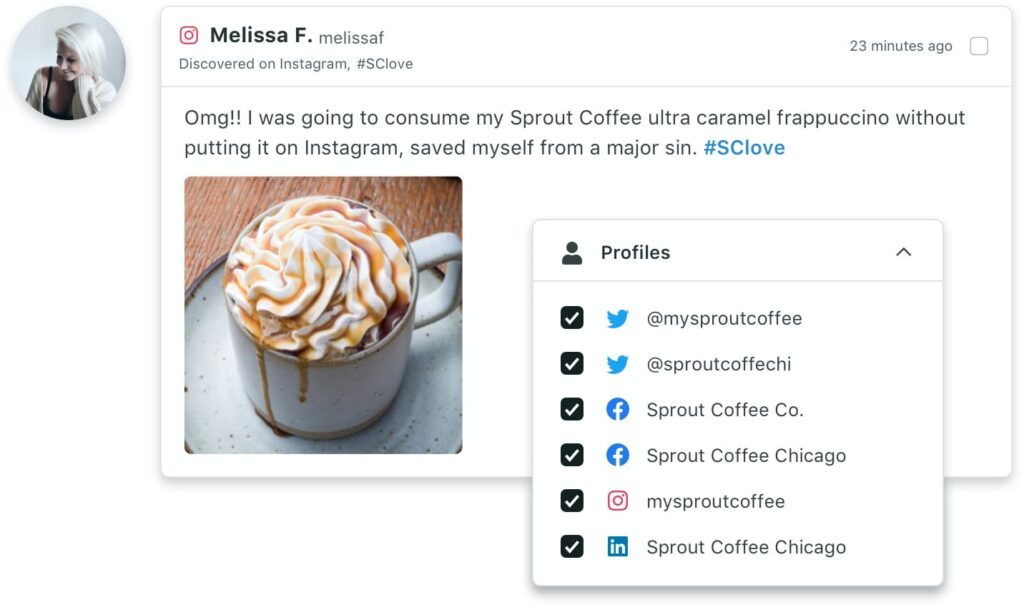
Embrace the social-first travel landscape
Social media is now at the center of how people dream, plan and share their travel experiences. Showing up in a strategic and meaningful way keeps you visible in every stage of trip planning process, while building trust and gathering insights you can use to improve customer experience.
Treat social as an extension of your in-person experience. As a digital concierge, it helps travelers make confident decisions and gives brands a direct line to understand and serve their guests better. The more consistently you listen and engage, the likely travelers are to choose your brand.
Download Sprout’s 2025 Travel & Hospitality Content Benchmarks Report to see how your brand’s performance compares to industry benchmarks and get insights to guide your next move.

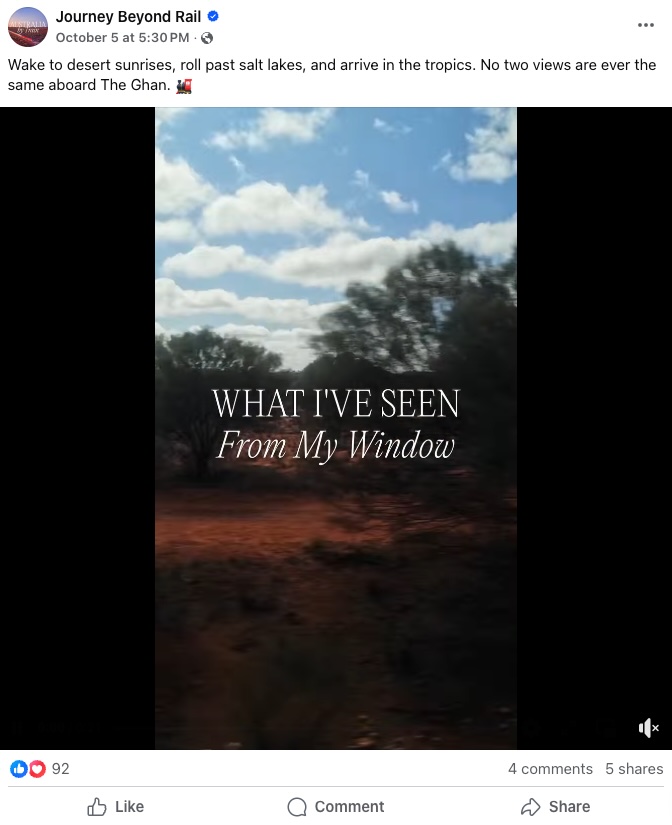

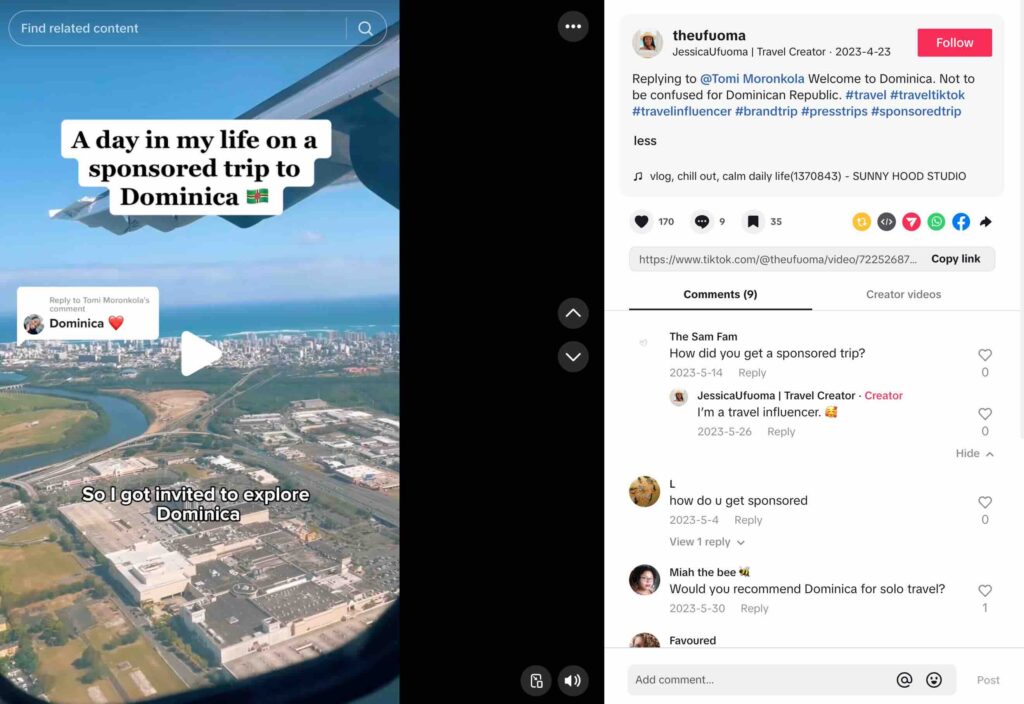
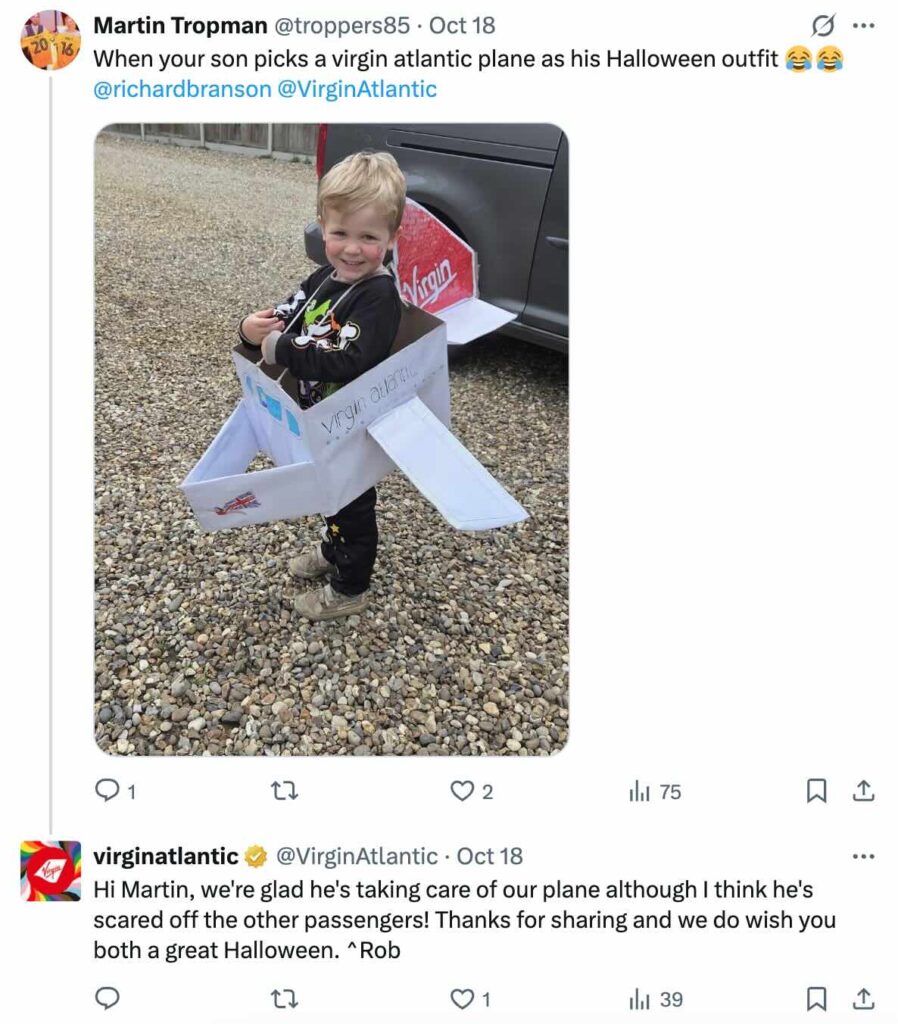
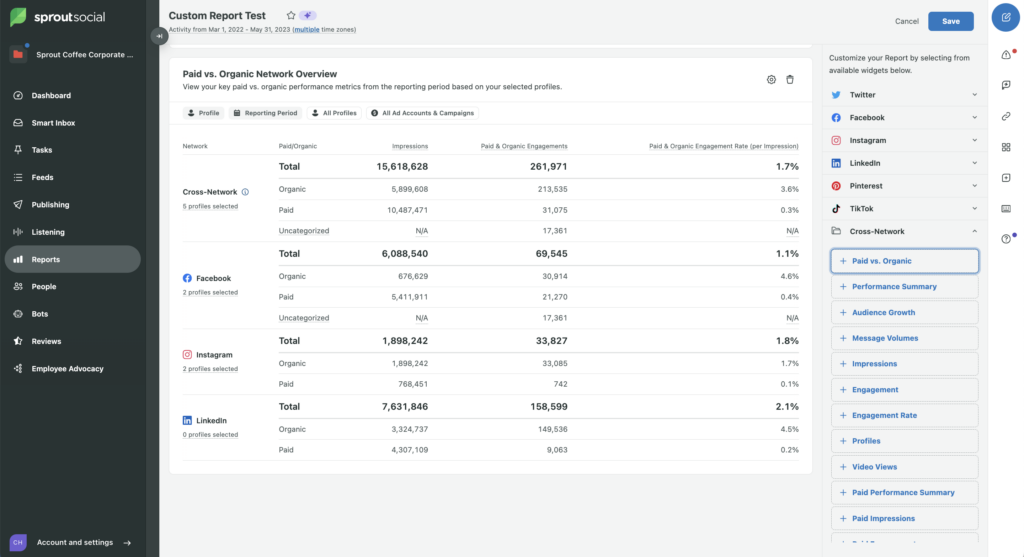
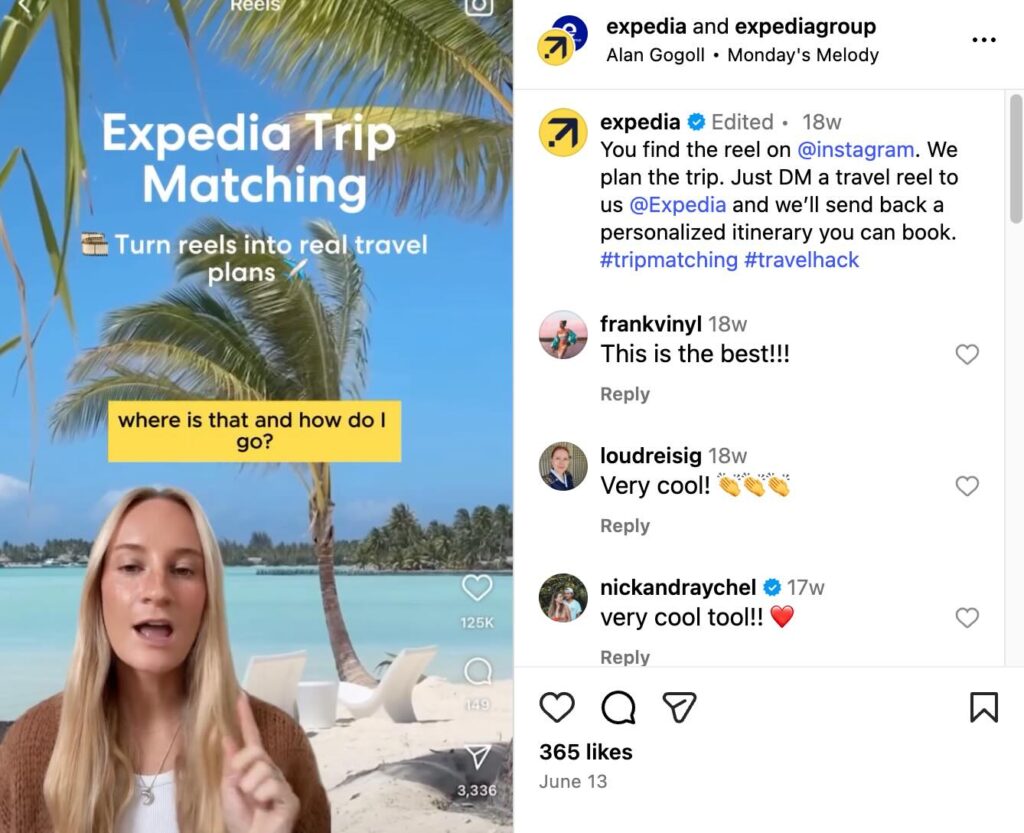
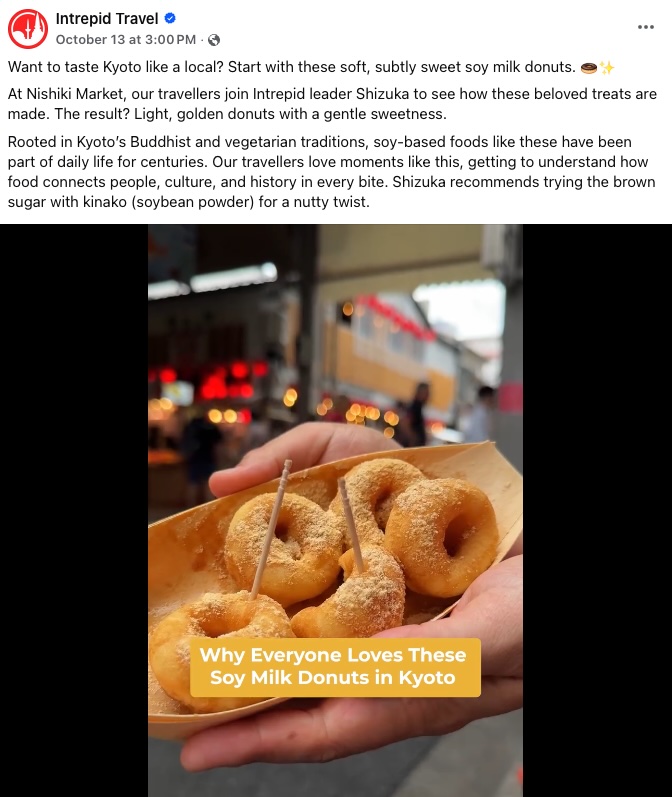
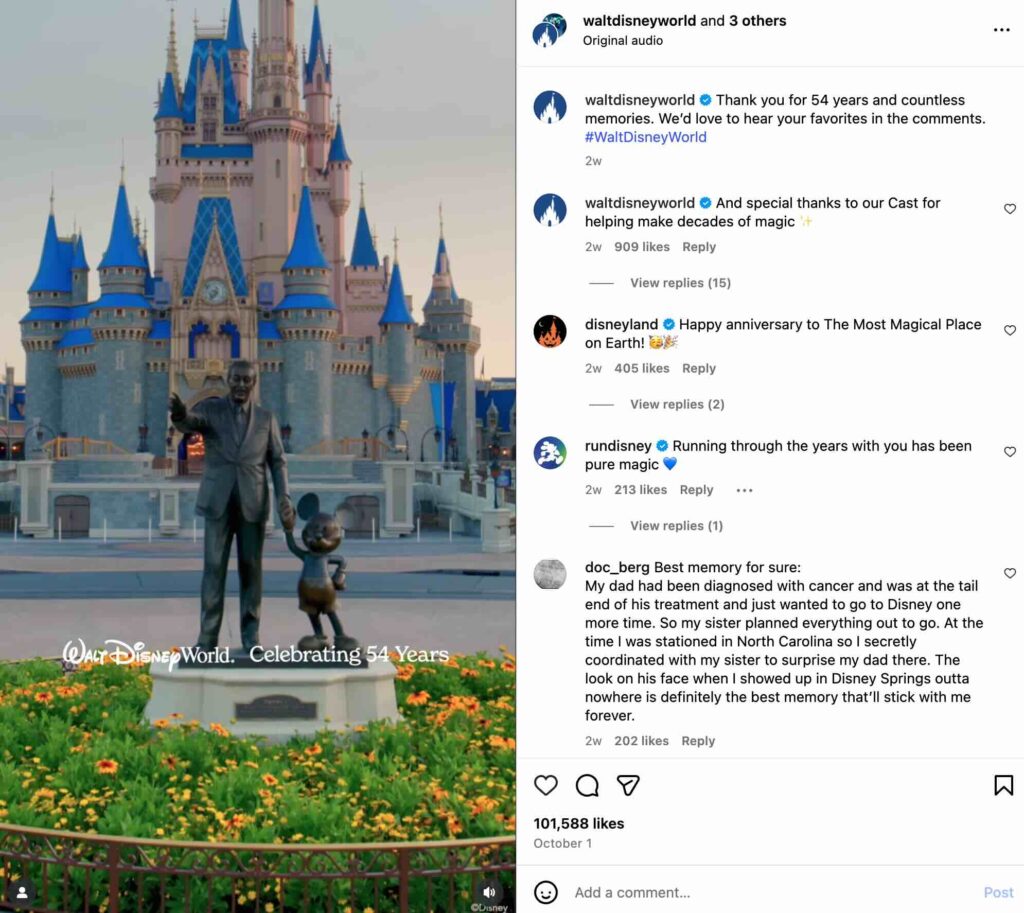
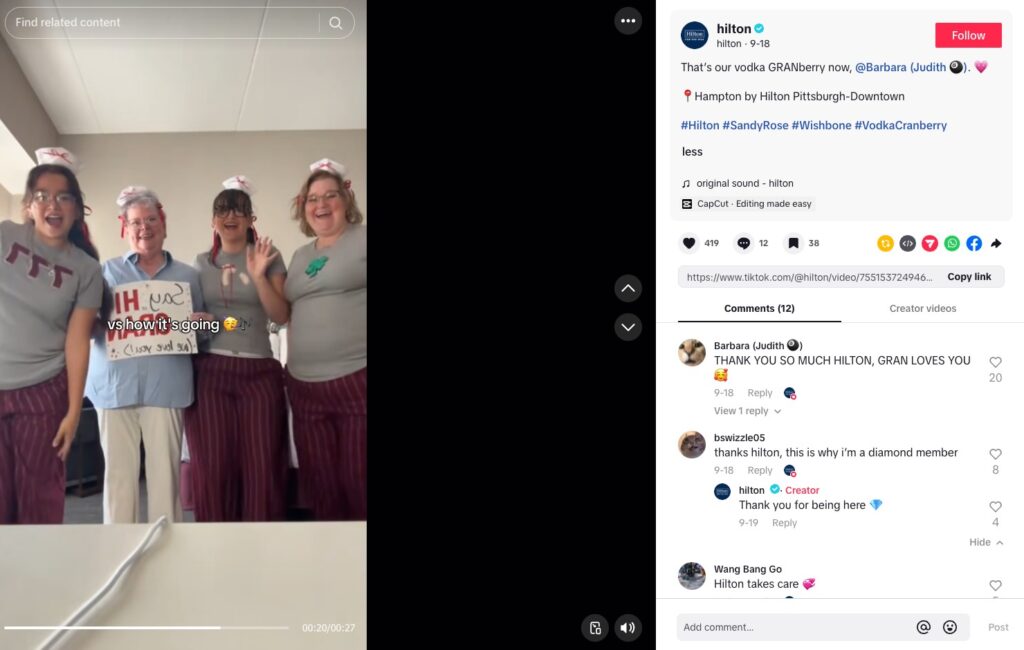

Share